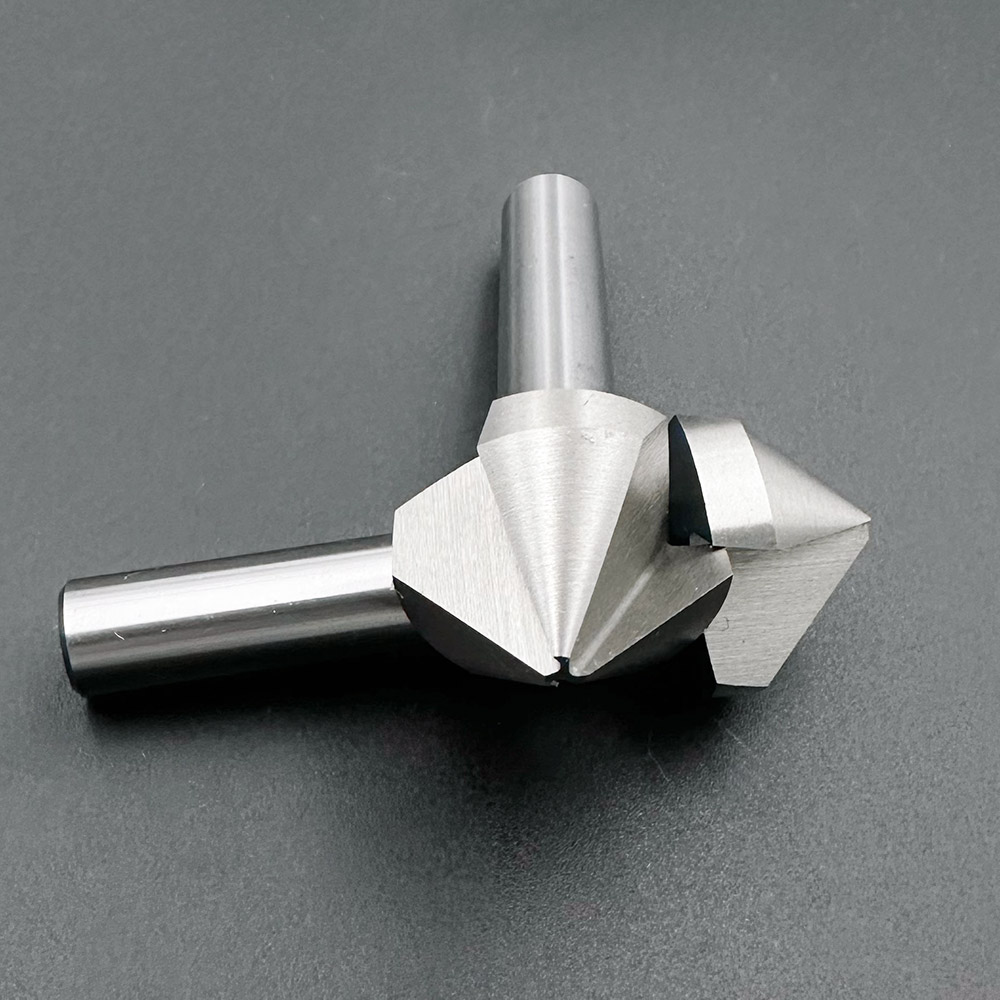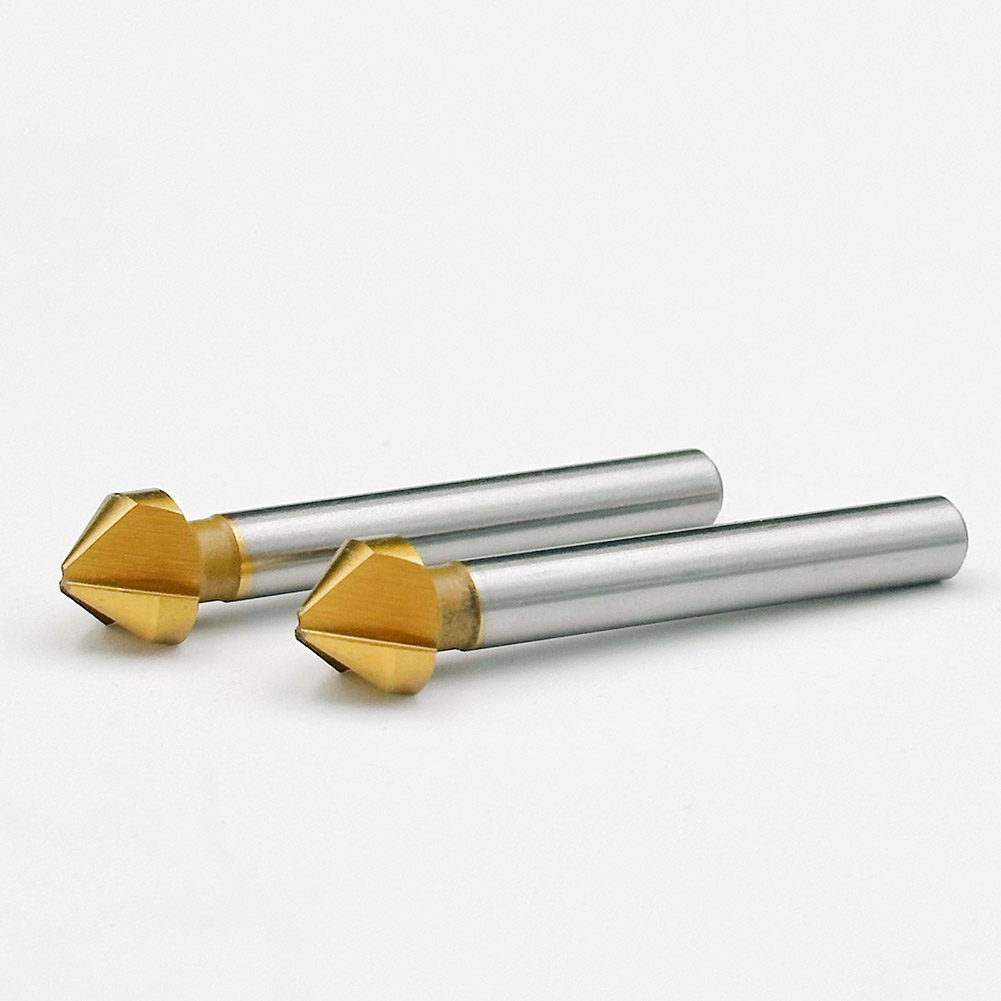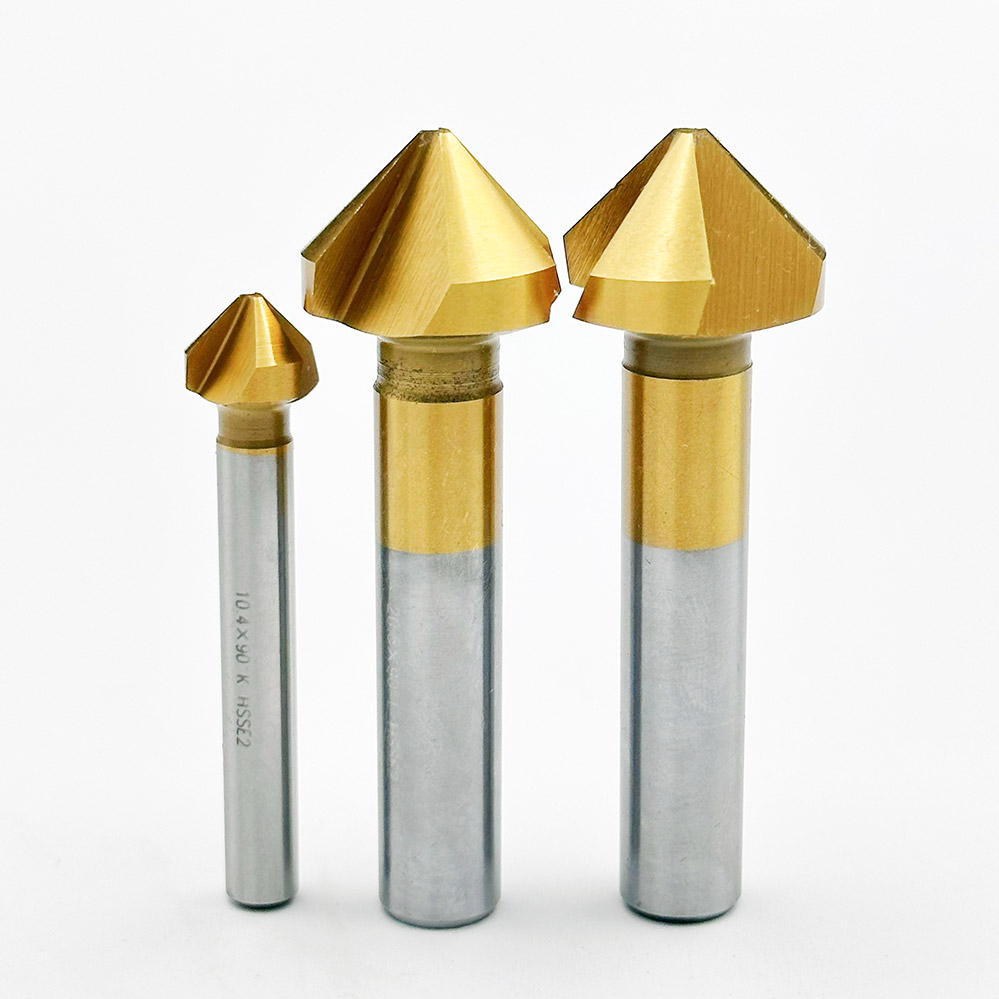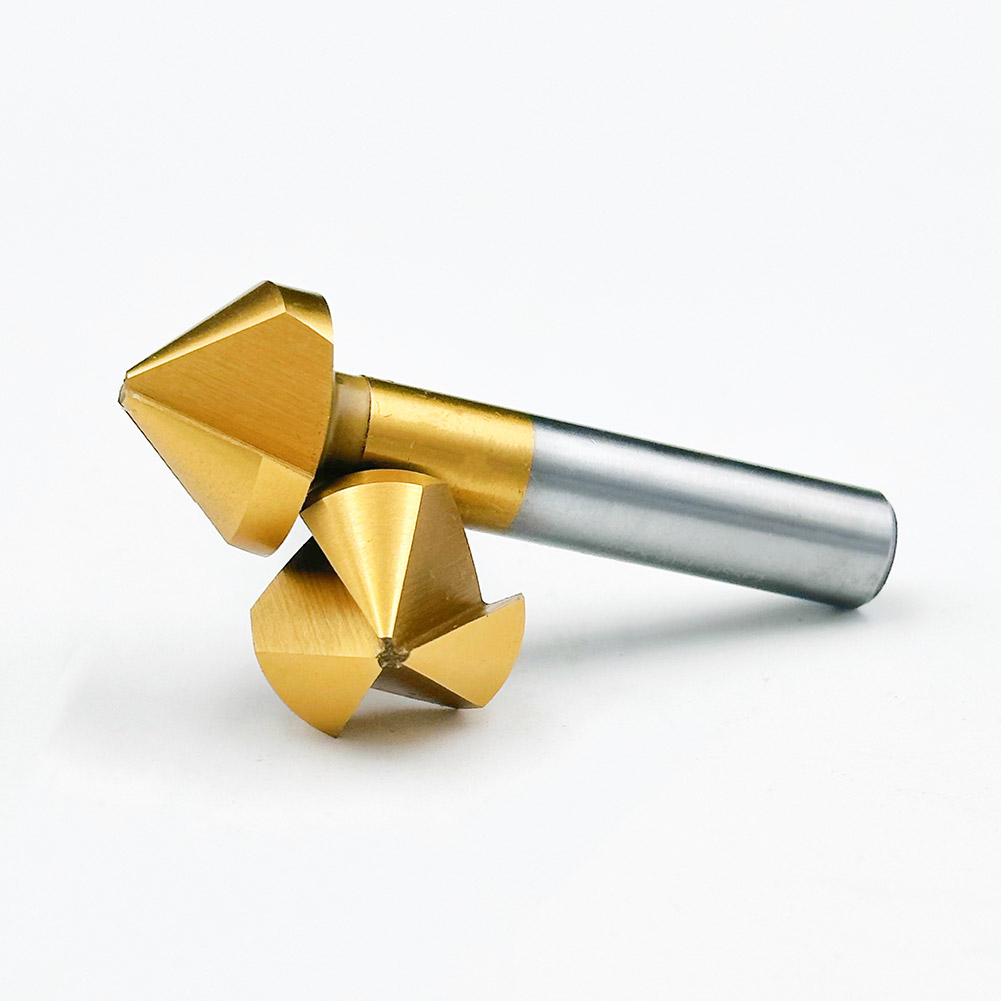
High-Speed Steel (HSS) countersink drills are essential tools for achieving precision and accuracy in drilling operations. These versatile tools are designed to create conical holes in a variety of materials, including metal, wood, and plastic. The unique design of HSS countersink drills allows for the creation of clean, smooth holes with a tapered shape, making them ideal for applications where a flush finish is required, such as in woodworking, metalworking, and general fabrication.
The key advantage of HSS countersink drills lies in their ability to combine drilling and countersinking operations into a single step, saving time and effort while ensuring consistent results. The high-speed steel construction of these drills provides exceptional durability and heat resistance, making them suitable for use in demanding industrial environments. In this article, we will explore the features and benefits of HSS countersink drills, as well as their applications and best practices for optimal performance.

Part 1

Features of HSS Countersink Drills
HSS countersink drills are characterized by several key features that make them indispensable tools for precision drilling tasks. These features include:
1. High-Speed Steel Construction: HSS countersink drills are made from high-speed steel, a type of tool steel known for its exceptional hardness, wear resistance, and heat resistance. This construction allows the drills to maintain their sharp cutting edges even at high speeds and temperatures, ensuring long-lasting performance and consistent results.
2. 3-Flute Design: Most HSS countersink drills feature a 3-flute design, which provides improved chip evacuation and reduces the risk of clogging during drilling operations. The flutes are precision-ground to ensure smooth cutting action and optimal chip removal, resulting in clean, burr-free holes.
3. Tapered Drill Bit: The tapered design of the drill bit allows HSS countersink drills to create conical holes with a smooth, tapered finish. This design is essential for countersinking screws and fasteners, as well as for creating chamfered edges on workpieces.
4. Versatility: HSS countersink drills are suitable for use with a wide range of materials, including steel, aluminum, wood, plastic, and composites. This versatility makes them ideal for a variety of applications, from metal fabrication and woodworking to general construction and assembly.


Part 2


Benefits of HSS Countersink Drills
The use of HSS countersink drills offers several benefits that contribute to their popularity and widespread use in various industries. Some of the key benefits of HSS countersink drills include:
1. Time and Cost Savings: By combining drilling and countersinking operations into a single step, HSS countersink drills help save time and reduce production costs. This efficiency is particularly valuable in high-volume manufacturing environments where productivity and cost-effectiveness are paramount.
2. Precision and Accuracy: HSS countersink drills are designed to deliver precise, accurate results, ensuring that the holes created are uniform in size and shape. This level of precision is essential for applications where tight tolerances and a professional finish are required.
3. Durability and Longevity: The high-speed steel construction of HSS countersink drills provides exceptional durability and resistance to wear, allowing them to withstand the rigors of heavy-duty use. This durability translates to extended tool life and reduced downtime for tool maintenance and replacement.
4. Versatile Applications: HSS countersink drills are suitable for a wide range of applications, from creating countersunk holes for fasteners to deburring and chamfering edges. This versatility makes them indispensable tools for machinists, woodworkers, metal fabricators, and DIY enthusiasts alike.

Part 3

Applications of HSS Countersink Drills
HSS countersink drills find application in a diverse range of industries and tasks, thanks to their versatility and precision. Some common applications of HSS countersink drills include:
1. Woodworking: In woodworking, HSS countersink drills are used to create countersunk holes for screws and fasteners, as well as to chamfer edges for a professional finish. They are essential tools for cabinetmaking, furniture construction, and general carpentry.
2. Metal Fabrication: HSS countersink drills are widely used in metal fabrication and machining operations to create clean, burr-free holes in metal workpieces. They are particularly valuable for applications where flush fastening is required, such as in sheet metal assemblies and structural steel construction.
3. General Construction: HSS countersink drills are employed in general construction and assembly tasks to prepare workpieces for fastening and joining. Their ability to create precise, tapered holes makes them ideal for applications such as installing hardware, assembling fixtures, and mounting components.


Best Practices for Using HSS Countersink Drills
To ensure optimal performance and longevity of HSS countersink drills, it is important to follow best practices for their use and maintenance. Some key best practices include:
1. Proper Speed and Feed Rates: When using HSS countersink drills, it is essential to operate them at the appropriate speed and feed rates to prevent overheating and premature wear. Consult the manufacturer's recommendations for the recommended cutting speeds and feeds for different materials.
2. Secure Workpiece Clamping: To prevent workpiece movement and vibration during drilling, ensure that the workpiece is securely clamped in place. This will help maintain accuracy and prevent damage to the drill bit and workpiece.
3. Lubrication and Cooling: When drilling hard or heat-sensitive materials, use cutting fluid or lubricant to reduce friction and heat generation. This will help prolong the life of the drill bit and improve the quality of the drilled holes.
4. Regular Maintenance: Keep HSS countersink drills clean and free of debris, and inspect them regularly for signs of wear or damage. Sharpen or replace dull or damaged drill bits to maintain cutting performance and prevent workpiece defects.
In conclusion, HSS countersink drills are indispensable tools for achieving precision and accuracy in drilling operations across various industries. Their high-speed steel construction, versatile design, and ability to combine drilling and countersinking operations make them valuable assets for machinists, woodworkers, metal fabricators, and DIY enthusiasts. By following best practices for their use and maintenance, users can maximize the performance and longevity of HSS countersink drills, ensuring consistent, high-quality results in their drilling applications.
Post time: Apr-29-2024


